For earlier installments in this series, please start here. The most recent installment (before this one) is here.
In projects that rely on interacting with and learning from communities, it seems inevitable that at the end of it all, you walk away with great friends who never actually walk away. Sharing experiences, like the roller coaster of being invited into a new place, and then being open to learning from that place, is an intimate language — one that is really only shared with those who were on that roller coaster together. And those shared experiences can be shared multiple times, and so friendships continue to grow from project to project.
Bartlett provided me with the opportunity to work with my dear friend Mark Menjivar, whom I met in 2014 through a project with Contemporary Art Month in San Antonio, an exhibition that has defined my practice in many ways, and set the foundation for the friendship and professional relationship that would grow from it. I have had the pleasure of working with Mark multiple times over the years in multiple contexts; I have watched him connect with communities, from the border to bird watchers and everywhere in between. In Bartlett, he has collected stories from communities, and worked with the concept of archives in ways that weave historical narratives with contemporary ones, all while maintaining a level of energy and positivity that has always made him easy to collaborate with.
It’s special when you are welcome to a place, and can learn about a place, and can do it all with a friend and collaborator.
Leslie Moody Castro: What interested you about the Bartlett Project when I approached you with it?
Mark Menjivar: When you and I first started talking I was drawn to working in a small town in Central Texas and learning from the community. I went to school nearby and had not been in the area for almost 20 years. I have always loved the open landscape in the area, and that people wave at you from their car when you pass them. But I was most excited about working with fellow artists Aimée Everett, Emmy Larsen and Jade Walker. I was familiar with their art practices just by following art happenings in Texas, but was excited to get to know them and actually see their process.
LMC: What expectations did you have initially, and how did those expectations change?
MM: I really didn’t know what to expect, I don’t think any of us really did! After my first visit to Bartlett I was struggling to see how it was all going to come together. But after you moved out there and started to form relationships, then after Covid positivity rates decreased, and people started to feel comfortable gathering in person, I started to see things coming together.
LMC: What was your initial idea for the project/exhibition?
MM: Most of my art practice revolves around activating archives. These archives can be ones that already exist and/or those which I build in collaboration with individuals and communities. While doing research online, I found that Bartlett has had a continuously running newspaper for over 100 years and much of that archive had been digitized. As I read through the newspaper archives I was fascinated by the small, everyday activities that were reported in the paper. My first thought was to work with local residents and visitors to re-create some of these events which were so mundane. They were things like local parades, someone losing their green rain jacket, farm animal veterinary clinics in the downtown area, and more. I was hoping to make short videos of these and project them into the front windows for visitors to see.
LMC: How has the nature of your work changed through the process?
MM: On my first trip to Bartlett I noticed several historical markers around town and started to research them. On that trip I also noticed the Will O’Bell Nursing home. We were at the height of the pandemic, so I didn’t stop in but I thought about the lives of the residents. I often use oral history interviews in projects because I see them as a way to co-create with project participants. It creates a space for them to share and be in control of their own narratives. As the weeks went on I felt it could be really beautiful to do a set of oral histories with residents at Will O’Bell.
So pretty early on these three sources of community knowledge — the newspaper archive, historical markers, and oral histories — drew my attention. As I thought about how to activate them all, I landed on the idea of creating a low-power FM radio station with a 1.5-mile radius of coverage over the town. This way residents could listen to their own stories and visitors would have to be in the geographical context of Bartlett to listen.
KBART is a low-power FM radio station filled with voices from the community, ranging from age 9 to 92. The voices on KBART include: 8 oral history interviews done at the Will O’Bell Nursing home; oral activations of 9 historical markers in town; 8 readings from the 100+ year local newspaper archive; 2 oral history interviews about the history of the newspaper; and a 4-minute audio piece made in collaboration with 20 students from the Bartlett School District.
The physical station and antenna are installed in the art book library that was compiled through an open call to the community. There are also five handheld radios that people could pick up and walk around the downtown area with. I have since broadened the range of KBART by converting it into an internet-based station so that others from further away could listen in. You can hear that by going to www.kbartradio.com.
LMC: Can you talk about your workshop with the summer school?
MM: I mentioned the newspaper archives earlier, and there was one specific section of them that I was really drawn to that was called “Local and Personal.” It listed all kinds of everyday things that happened. Things like who visited town, items that people lost, events happening in town, even stories about someone who broke their leg and how, and of course, stories of who was getting married. They were stories that really shed light on how people located meaning in their everyday lives.
We were all invited to give a workshop with the elementary kids over at the school as part of Emmy Laursen’s project. For my workshop, I talked with students about what art is and what art can be. We also spoke on how we can be inspired to create art from our imaginations but also the world around us everyday. The students then identified things that were meaningful in their lives over the past couple of weeks and we wrote our own “Local and Personal” section — but the 2021 version. We then recorded an audio version that is playing on KBART, and they are also going to be printed in the local newspaper, which brings it back full circle and is really fun.
LMC: Why did you decide to integrate so many components into the radio station, rather than just leave it as interviews with nursing home residents?
MM: When working on multifaceted projects like this, often a project structure emerges, and then I get to invite people to work with me inside that structure. I really enjoy that. KBART became that structure for all the people I was meeting and stories I came into contact with.
I was also really interested in the way stories are told. Many of the early historical markers talked about the schools and churches in the area but left out the voices of the African American community. Years later a group of alumni from the African American school came together and had several historical markers added. I’m thankful for Aimée’s research in helping me include that.
LMC: What have you learned along the way?
MM: Lives are beautiful and complicated, and being in Bartlett has reminded me of that. People have talked about having large families so they could work the land and feed their families. They have talked about falling in love at first sight, fiestas and segregated schools. They have told stories of trading crops for labor and having meat clubs so that nothing goes to waste. I’ve learned that re-development can be messy and there is almost never one easy answer. But people have been so kind and generous and I’m really grateful for them.
To learn more about Bartlett follow @downtownbartlett. For more on ICOSA Collective, follow @icosa_art.


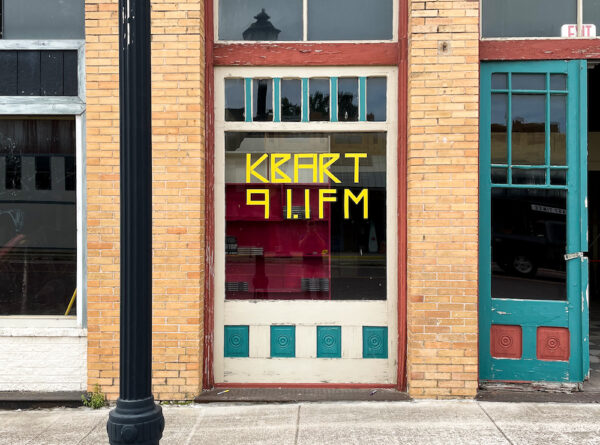
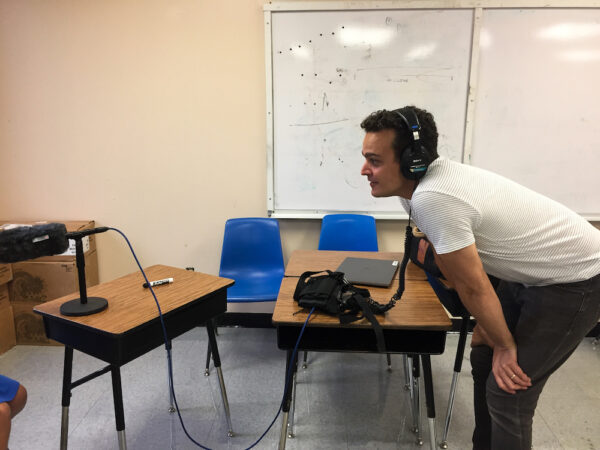
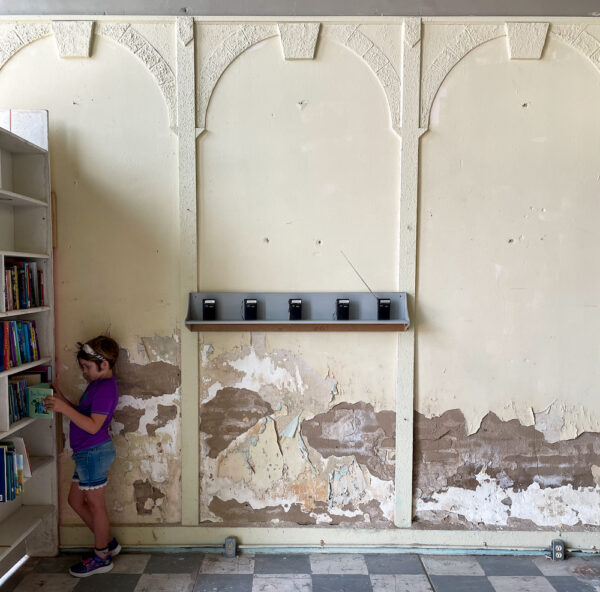
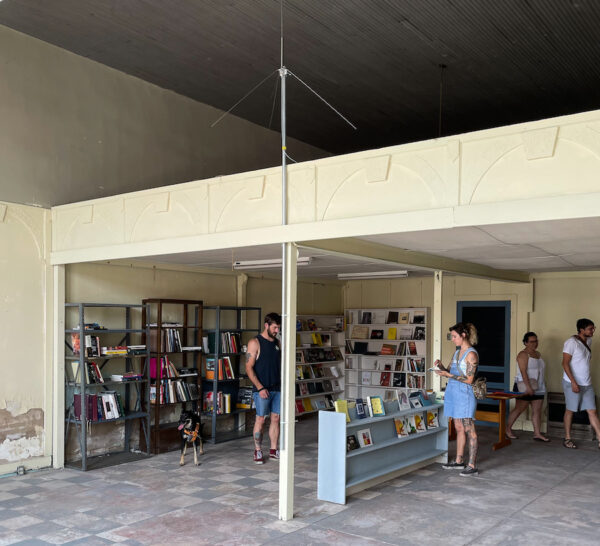
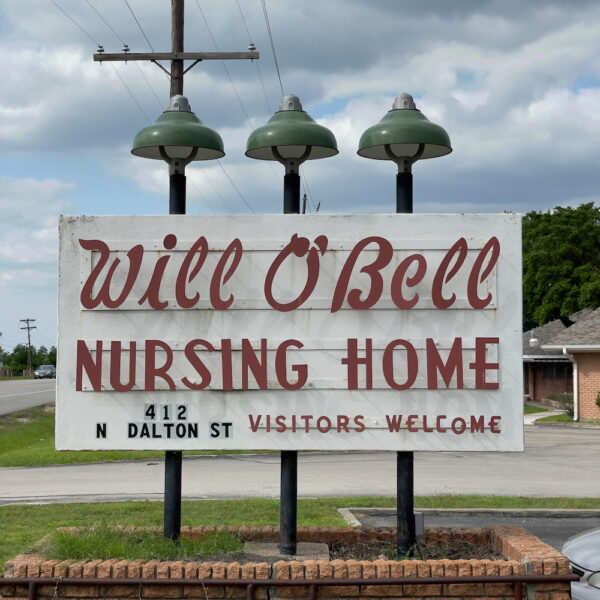
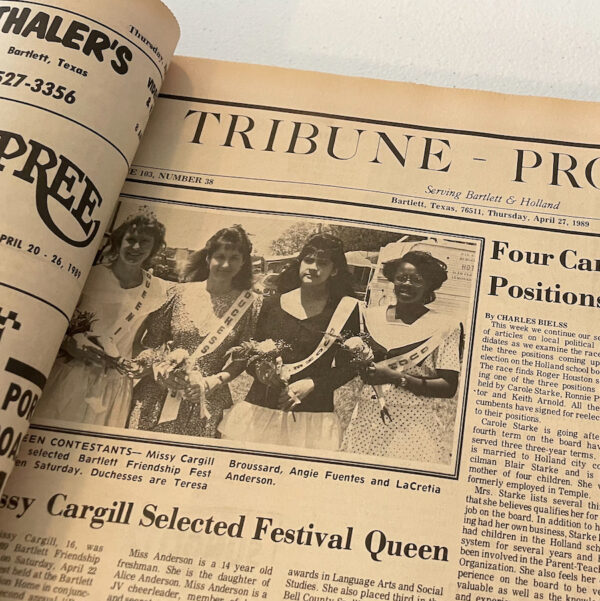
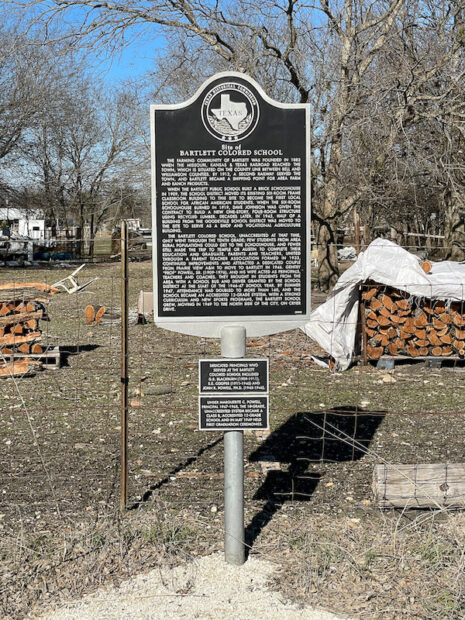


1 comment
Wonderful article. I’m impressed with Mark Menjivar’s curiosity and insight.